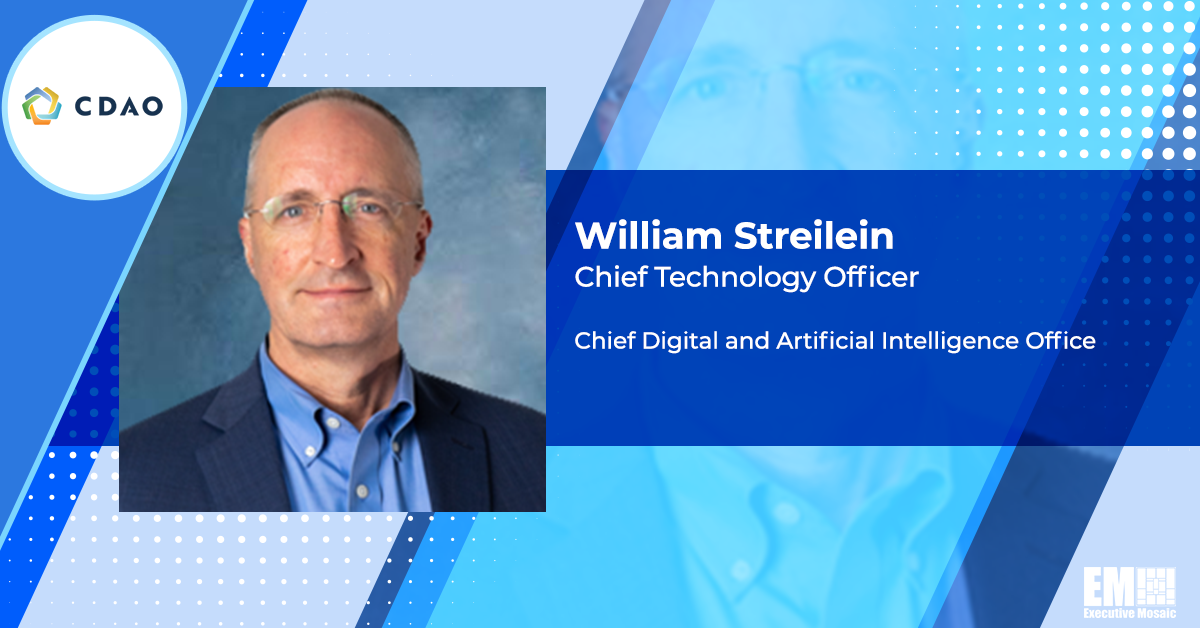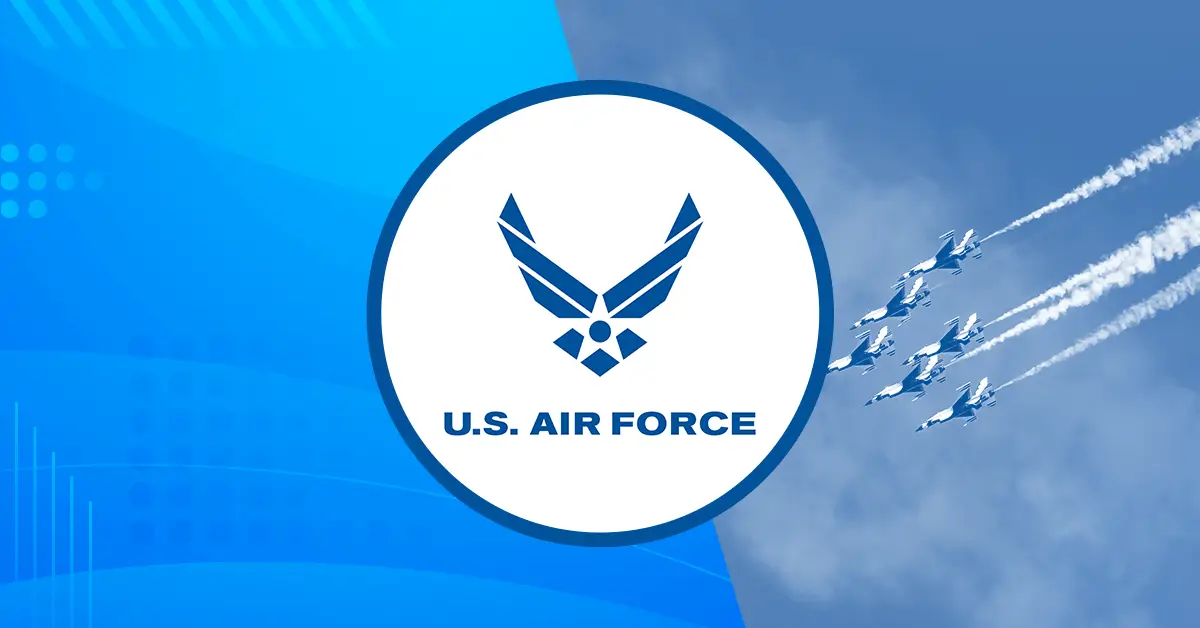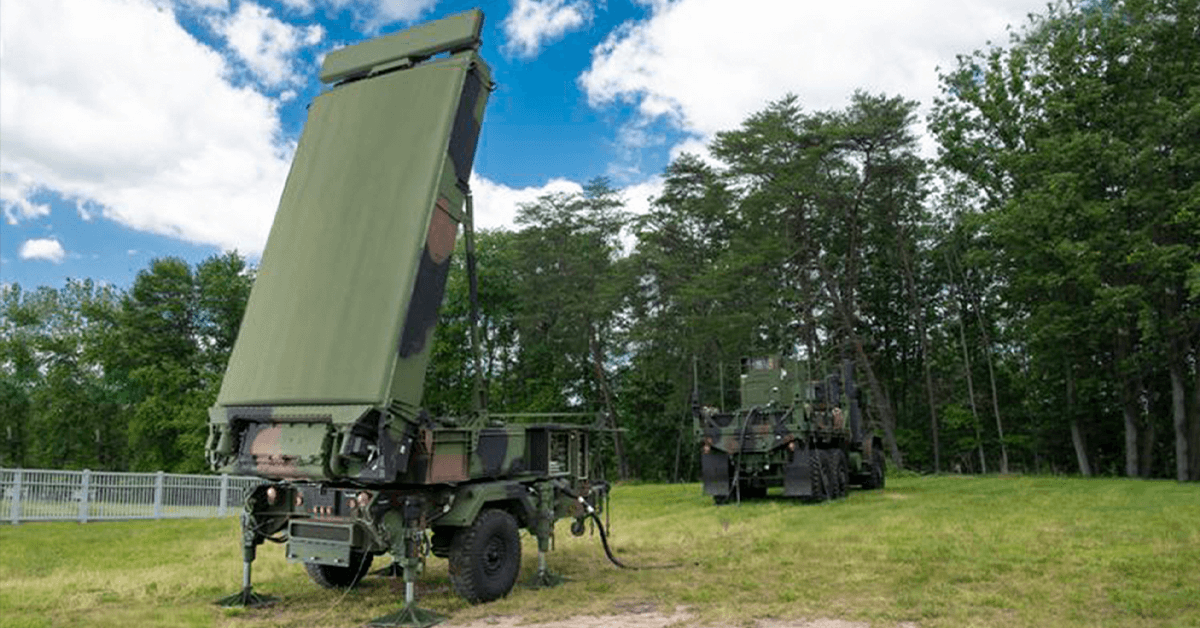Artificial intelligence has become increasingly important in the ever-evolving modern warspace. To address this emerging technology and harness its benefits to ensure decision-making advantage, the Department of Defense recently established the Chief Digital and Artificial Intelligence Office, which holds a goal of accelerating the department’s adoption of the novel tool.
Formed from four preexisting organizations, the combined office was built with a focus on data, which, according to CDAO Chief Technology Officer William Streilein, serves as the core of AI.
“AI can certainly accomplish great things, but it cannot do anything without data,” Streilein emphasized in a fireside chat with Booz Allen Hamilton’s Holly Levanto, which kicked off the Potomac Officers Club’s 4th Annual Artificial Intelligence Summit on Thursday.
Streilein noted the wide gap between AI use in industry and in warfighting, which, he said, is due to industry typically having “better formed” data ready for use.
“Sometimes, we do not know that there is data we need to leverage and bring into the algorithm,” he said. “The operational use cases for warfighting are less understood.”
To bridge this gap and deliver AI benefits to the warfighter, CDAO has created a list of five “big plays,” which lay out the office’s strategy for accelerating DOD adoption of AI.
The first of these pillars, data quality, is the common thread between all of them.
Since quality can be seen as a “loaded term,” establishing a general agreement on the fact that DOD data quality must be improved is the strategy’s starting point, said Streilein.
“Quality does not just mean that all of your fields are filled in. It does not just mean that there is no noise. It means everything from where the data comes from to its use by a consumer,” he explained.
Scaffolding, or laying out a structure on which AI can operate, goes hand-in-hand with this concept. Streilein said that certain standards must be met within the DOD to allow for the procurement of readily built models. In terms of AI, the necessary requirements include technical services, data labeling and most importantly, data quality.
“The models may not necessarily be built into the DOD, but the problem sets – the data – need to be prepared and available so industry can build models and deliver them to the warfighting cause,” he elaborated.
Between all aspects of data and AI use is a human component. Collaboration between people calls for consensus, and according to Streilein, CDAO is working to create a common understanding that data sharing between offices will benefit the entire department. In conducting these efforts, CDAO has already begun educating DOD personnel at all levels on the potential advantages of AI and training them to use these technologies.
Assured AI is another priority for CDAO, said Streilein. This technology, he said, is focused on talent management and allows for the understanding, monitoring and instrumenting of business metrics and operations.
At the heart of DOD operations is the warfighter, which represents the last pillar of CDAO’s strategy. Properly supporting the warfighter in an increasingly technology-defined battlespace requires a strong understanding of emerging tools such as AI, which Streilein said has already been acknowledged as “promising and powerful” by U.S. adversaries. The successful implementation of AI, he said, will enable critical initiatives such as Joint All-Domain Command and Control.
According to Streilein, the path to bringing CDAO’s goals to fruition requires experimentation, which, Streilein said, will help the DOD understand when and where AI can be used and apply knowledge from enterprise AI use to the warspace.
Learning, he said, comes from trial and error, especially among diverse warfare operations. Even then, a one-size-fits-all solution may not emerge.
“Each one of these potential use cases represents a customization of a pattern that we can learn and build,” Streilein said.







